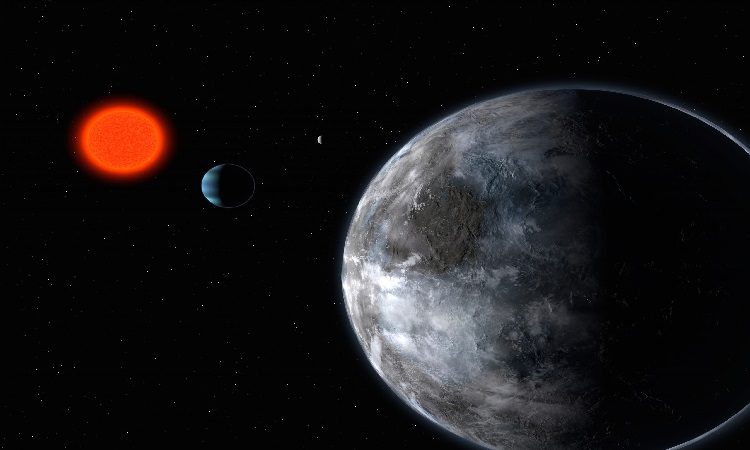Atmospheric methane may be the first sign of life beyond Earth detectable by astronomers. While non-biological processes can also generate it, a new study establishes a set of circumstances that may point to true biological activity on a rocky planet.
Many technical means, under the tutelage of some of the brightest minds on the planet, have the stated objective of getting their hands on the Holy Grail: unearthing extraterrestrial life. Such a discovery would likely have important scientific and philosophical implications. But you still have to search. Indeed, how to detect the presence of even rudimentary life forms nested several light years from Earth without being able to get there? It’s a real challenge.
In this sense, several teams of astronomers strive to reduce uncertainties by imagining very specific contexts likely to betray the presence of life elsewhere in the Universe. Technosignatures are, for example, a field of research. In a new study, researchers from the University of California, Santa Cruz focused on methane, a well-known gas on Earth.
Untangle biological and non-biological sources
The case for methane as a biosignature stems from its instability in the atmosphere. Since photochemical reactions destroy atmospheric methane, levels of this gas must be constantly replenished to maintain it. If you detect a lot of methane on a rocky planet, then you need a massive source allowing its presence.
However, while methane has long been considered a potential biosignature, there are a number of non-biological processes capable of producing it. Volcanic eruptions or asteroid impacts are examples. The idea of this study was therefore to seek to reduce the probability of false positives when identifying atmospheric methane as a biosignature on another planet.
“A single molecule will not give you the answer: you have to take into account the global context of the planet”, underlines Maggie Thompson, main author of the study. “Methane is one piece of the puzzle, but to determine if there is life on a planet, you need to consider its geochemistry, how it interacts with its star, and the many processes that can affect atmosphere of a planet on geological time scales.”
Three conditions
It shows that non-biological sources cannot produce so much methane without also generating observable clues about its origins. The outgassing of volcanoes, for example, would add both methane and carbon monoxide to the atmosphere, while biological activity tends to easily consume carbon monoxide. Non-biological processes also cannot easily produce habitable planetary atmospheres rich in methane and carbon dioxide, and with little or no carbon monoxide.
In the case of a small rocky planet orbiting a star like our Sun, the researchers found that atmospheric methane was more likely to be a sign of life if the planet met three conditions. On the one hand, it should be surrounded by an atmosphere containing carbon dioxide. This atmosphere should also contain more methane than carbon monoxide. Finally, said planet should not be rich in water.
The study is interesting in that we know that the James Webb Telescope will be able to study atmospheric methane in greater detail than other potential biosignatures. However, caution should be exercised. “This study focuses on the most obvious false positives for methane as a biosignature,” the authors note. “The atmospheres of rocky exoplanets will probably surprise us. We will therefore have to be careful in our interpretations”.




